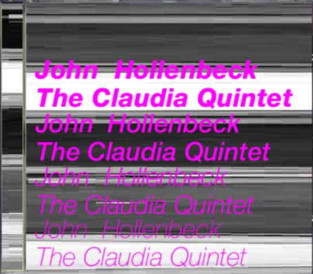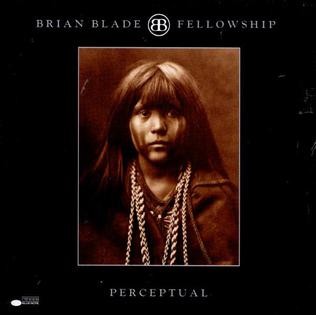Marilyn Crispell / Paul Motian / Gary Peacock, 'Amaryllis' (2001)
At the end of Playing Changes is a list: The 129 Essential Albums of the Twenty-First Century (So Far). I organized these by year, and then alphabetically by artist name. I'll be running them down here, in that order. (No one appears more than once as a leader, though there’s ample overlap in personnel.)
Marilyn Crispell's Amaryllis suggests both an extension and a departure. She had released one previous ECM album with Gary Peacock and Paul Motian — the 1997 repertory nod Nothing Ever Was, Anyway: The Music of Annette Peacock. This follow-up proceeded with less of a binding agenda, but the same degree of collective intuition.
Crispell had become known, during the late 1970s and throughout the '80s, for a furious, intelligent strain of pianism indebted to Cecil Taylor and Paul Bley. She spent a decade in Anthony Braxton's band, and personified the anti-absorptive strategies of a self-sustaining avant-garde.
Amaryllis, named after a winter-blooming flower of the Andes, staked out a different position, though not an unrelated one. Crispell was warming to a new strain of lyricism, which she described as "an emerging quality" at the time.
"I've been trying to be in touch with what I really am hearing," she told me in 2002, speaking by phone from her home in Woodstock, New York. "What I've noticed is that I'm moving away from a kind of angst-ridden, Viennese, Schoenberg-ian kind of tonality. Not necessarily into a self-indulgent romanticism, but more into a kind of... a pure lyrical quality, more abstract."
Working with Peacock and Motian, two acknowledged masters of lyrical abstraction, no doubt helped her move toward this aim. The album features compositions by all three artists, including a Peacock's "December Greenwings" and Motian's "Conception Vessel." There's a contemplative, almost hymnal quality in some of the pieces, most obviously "Prayer" and "Requiem."
But it's not as if Crispell has checked her exploratory impulse at the door. Listen here to "Rounds," a swarming piece that she first recorded in the early '80s. It's a fine illustration of the chiming, restless resonance of this trio, and a reminder (as if one were needed) that experimental urges could naturally cohabit with a luminous sort of beauty.
Purchase Amaryllis at Amazon, or stream it on Spotify or Apple Music.










